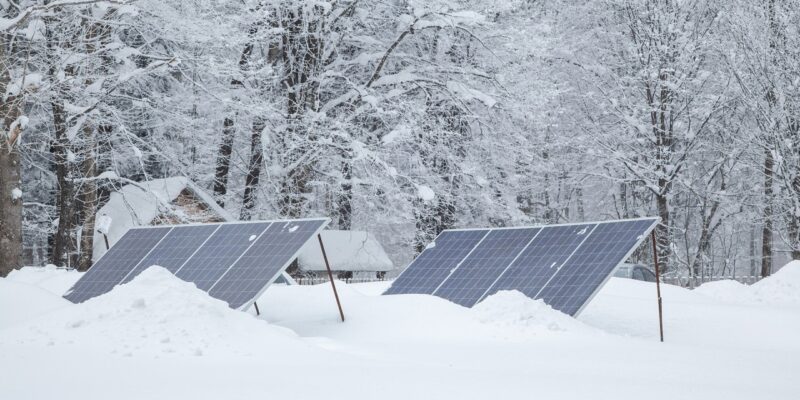Solar panels are a versatile and sustainable source of renewable energy, but their efficiency can be influenced by environmental factors, particularly in cold climates. Contrary to common misconceptions, solar panels can still generate electricity efficiently in cold regions, and in some cases, they may even perform better than in warmer climates.
One advantage of solar panels in cold climates is that lower temperatures can enhance their overall efficiency. Solar panels typically experience a decrease in efficiency as temperatures rise, and colder environments can help counteract this effect. The efficiency gains in cold climates can be attributed to the improved conductivity of the solar cells, allowing for more efficient electron movement and energy production.
Additionally, snow can play a role in reflecting sunlight onto solar panels, contributing to increased energy production. While snow accumulation on the panels can temporarily reduce output, many solar panel designs are engineered with a tilt to facilitate snow shedding. Some systems also incorporate self-cleaning mechanisms or heating elements to prevent snow buildup.
However, it’s essential to consider the impact of reduced sunlight hours during the winter months in cold climates. The shorter days and longer nights can affect overall energy production. To address this, energy storage solutions, such as batteries, can be integrated into solar power systems to store excess energy during peak production times for use during periods of low sunlight.
In conclusion, solar panels are a viable and effective energy solution in cold climates. A combination of factors, including temperature, snowfall, and daylight hours can influence their efficiency. By employing proper design considerations and technology, solar power systems can be optimized to thrive in cold environments, contributing to sustainable and eco-friendly energy production.

